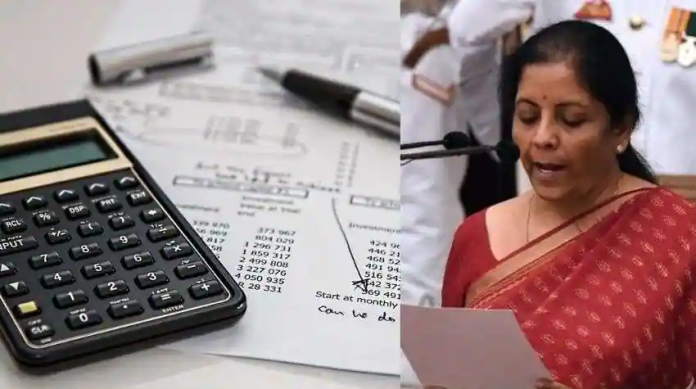New Delhi : This time the Finance Ministry has given a big relief to the middle income group by making major changes in the income tax rates.
However, it has to be kept in mind that you will get the benefit of the new income tax rates only when you do not take advantage of any kind of deduction and tax exemption. Taxpayers who want the benefit of deduction and tax exemption can continue in the old tax regime. Let us know what has changed in the tax rates.
No change in tax rate on such income.
Income of Rs 2.5 lakh will not be taxed. This discount was already there. No changes have been made to this. Income from Rs 2.5 lakh to Rs 5 lakh will also attract 5 per cent tax as before. People with income above Rs 5 lakh have got a big relief.
Tax rate reduced on income above Rs 5 lakh, now income of Rs 5 lakh to Rs 7.5 lakh will attract 10 per cent tax. Income from Rs 7.5 lakh to Rs 10 will now attract 15 per cent tax. Income between Rs 10 lakh and Rs 12.5 lakh will now attract 20 per cent tax. Income between Rs 12.5 lakh and Rs 15 lakh will now attract 25% tax. Those earning more than Rs 15 lakh will be taxed at 30 per cent as before.
After filing the income tax return, if you become a tax liability, then you have to pay tax to the central government. If you are filing Income Tax Return (ITR) on your own, then you should know how much tax the government charges on the annual income.
It is necessary for every person earning income from job, business or profession in India to pay income tax. The condition for this is that your income should exceed the general limit of tax exemption of Rs 2.5 lakh.
In this case, relief is available only to those people whose income is less than the basic exemption limit. Let us know about the slab set by the government for tax exemption or tax liability.
Tax exemption on investment of 1.5 lakhs, if you invest in tax saving investment options under section 80C, then through this, you can get tax exemption on investments up to Rs 1.5 lakhs.
National Pension System (NPS), Voluntary Provident Fund (VPF) and Section 80D of the Income Tax Act along with Section 24, you can save tax separately on certain expenses.
Income tax is levied on the income of an individual in a phased manner. As your earnings increase, so will the tax rate. In fact, the tax rates are decided according to the income slab. The government reviews the income tax slab rate every year in the Union Budget.
If the first slab 5%
taxable income is between Rs 2.5 lakh and Rs 5 lakh, then 5% tax will have to be paid on it. Keep in mind that the taxable income is calculated after deducting the amount of tax benefits on investments and expenses etc. made to save tax from the total income.
The second slab of income tax of 20 percent, on the same lines, you had to pay income tax at the rate of 20% on income of five to ten lakh rupees.
Third slab of 30 percent
The third income tax slab for the common taxpayer was 30%. For this, your annual taxable income should be more than Rs 10 lakh.















